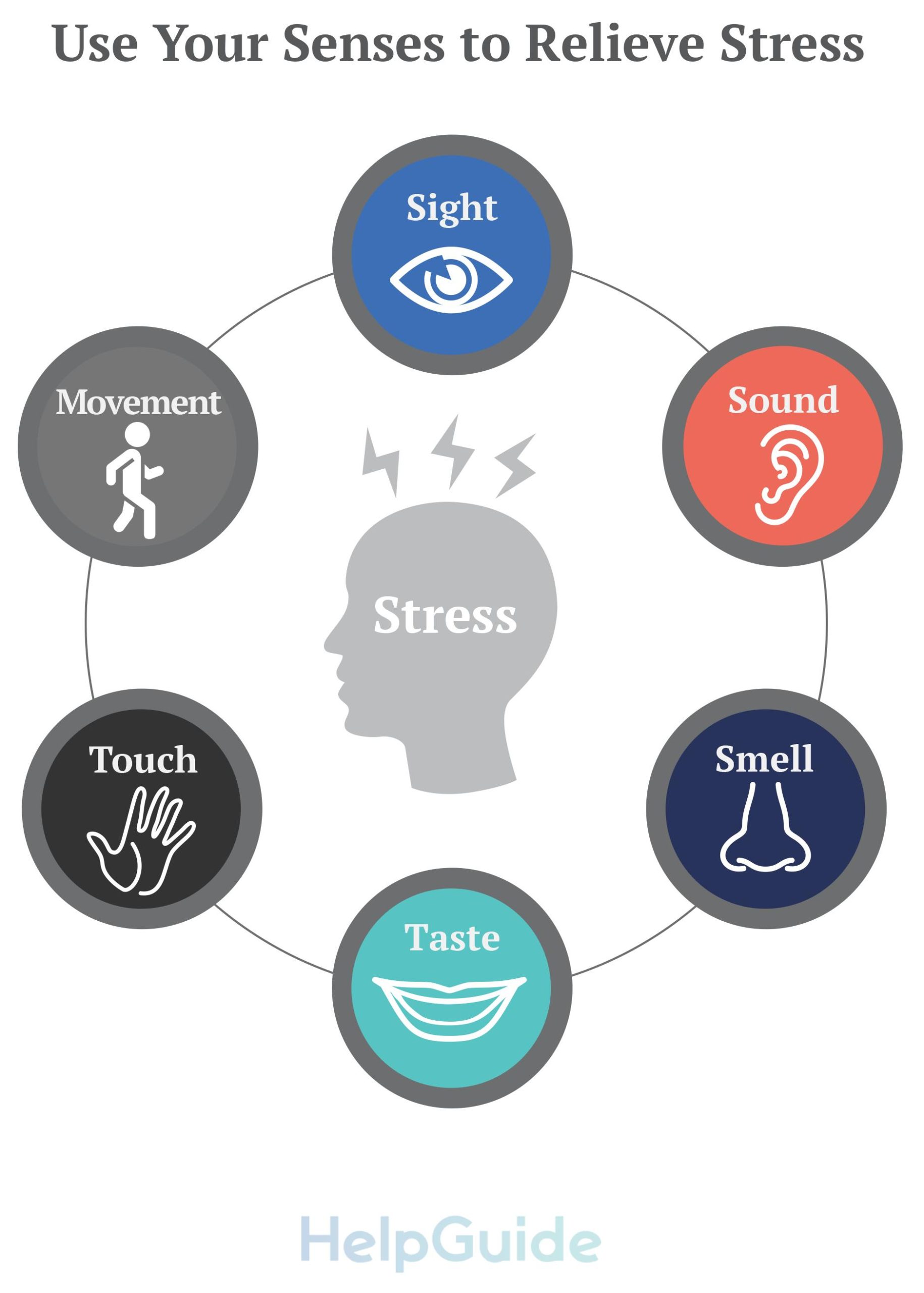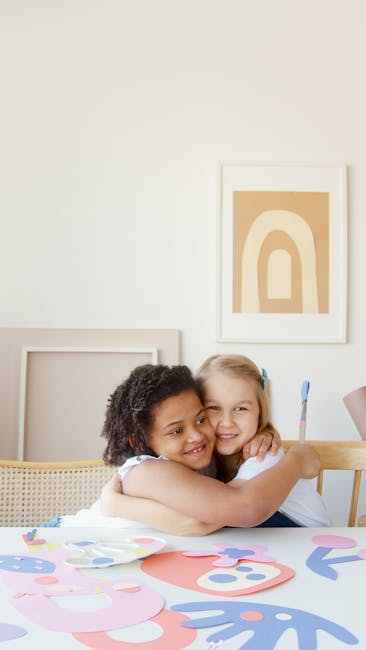
Have you ever stared into the eyes of a brand logo and felt a deep emotional connection? Maybe you shed a tear when you saw the Nike swoosh or laughed out loud at the Pillsbury Doughboy. It’s no coincidence – behind every successful logo is a team of designers crafting emotional engagement like a master chef creates a perfect soufflé. In this article, we’ll explore the art of crafting emotional engagement in brand logos and why it’s the secret sauce to winning over consumers’ hearts (and wallets). So grab your tissues and get ready to feel all the feels as we delve into the world of logo design!
The Impact of Emotional Engagement in Brand Logos
Did you know that brand logos have the power to evoke emotions? It’s true! The emotional engagement that a logo can create can have a significant impact on a consumer’s perception of a brand. Let’s dive into the fascinating world of emotional engagement in brand logos!
When a logo triggers positive emotions in consumers, it can lead to increased brand loyalty and affinity. People are more likely to remember and connect with a brand that elicits feelings of happiness, excitement, or trust. This emotional connection can influence purchasing decisions and inspire brand advocacy.
On the flip side, if a logo evokes negative emotions, it can have detrimental effects on a brand’s reputation. Consumers may associate the brand with unpleasant feelings like confusion, frustration, or even anger. This can lead to a loss of trust and ultimately drive customers away.
So, how can brands ensure that their logos create positive emotional engagement? By incorporating elements that resonate with their target audience, using colors and typography that convey the brand’s personality, and staying true to their brand values. Remember, a well-designed logo is not just a visual symbol – it’s a powerful tool that can make or break a brand’s relationship with consumers!

Creating Authentic Connections Through Design
When it comes to , it’s all about tapping into the emotional side of things. Forget about fancy graphics or flashy animations – what really matters is creating a design that speaks to the heart and soul of your audience. Here are a few ways to make sure your design hits the mark:
- Show some personality: Injecting a bit of humor or quirkiness into your design can help create a connection with your audience. After all, who doesn’t love a brand that doesn’t take itself too seriously?
- Use storytelling: People love a good story, so why not incorporate some storytelling elements into your design? Whether it’s through engaging visuals or compelling copy, a good story can help create a lasting connection with your audience.
Remember, the key to is to make your audience feel something. Whether it’s laughter, nostalgia, or even a tinge of sadness, a design that evokes emotions is a design that will leave a lasting impression. So next time you sit down to create, don’t just think about what looks good – think about what feels good too.

Using Color Psychology to Evoke Emotions
Ever wonder why you feel so calm at the sight of a soothing blue ocean or energized by a vibrant red sunset? That’s the power of color psychology at work! Colors have the ability to evoke emotions, trigger memories, and even influence our behaviors. And guess what? You can use this knowledge to your advantage!
When it comes to branding or designing a space, choosing the right colors can make all the difference. Here are some common emotions associated with different colors:
- Red: Bold, passionate, and energetic
- Blue: Calm, trustworthy, and serene
- Yellow: Cheerful, optimistic, and playful
- Green: Refreshing, balanced, and peaceful
So, next time you’re feeling blue, why not surround yourself with some uplifting yellow accents? Or if you’re in need of a little boost, throw on a bold red shirt and watch your confidence soar! The possibilities are endless when you harness the power of color psychology.
![]()
Incorporating Symbolism for Deeper Brand Meaning
Symbolism is a powerful tool that can take your brand to the next level. By incorporating meaningful symbols, you can convey a deeper message that resonates with your audience on a subconscious level. Here are some fun and creative ways to infuse symbolism into your brand:
- Logo design: Your logo is the face of your brand, so why not add some hidden meanings to it? Include symbols that reflect your brand values or mission. For example, a hidden arrow in the FedEx logo symbolizes speed and accuracy.
- Color choices: Colors carry symbolic meanings, so choose your brand colors wisely. Red can symbolize passion and energy, while blue conveys trust and reliability. Make sure your color scheme aligns with your brand message.
- Product design: Infuse symbolism into your product design to create a deeper connection with your customers. For example, Apple’s minimalist design philosophy reflects simplicity and innovation.
Remember, symbolism is all about creating a narrative that resonates with your audience. By incorporating meaningful symbols into your brand, you can deepen the emotional connection with your customers and stand out in a crowded market. So get creative and start infusing deeper meaning into your brand today!

Designing Logos That Resonate with Target Audience
When it comes to designing logos that truly resonate with your target audience, it’s important to keep a few key things in mind. After all, your logo is the face of your brand, so you want it to be memorable and captivating! Here are some tips to help you create a logo that will make your target audience sit up and take notice:
First and foremost, you want to really understand who your target audience is. What are their interests, demographics, and values? Once you have a clear picture of who you’re trying to reach, you can start brainstorming logo ideas that will appeal to them.
Next, think about the colors you use in your logo design. Different colors can evoke different emotions and associations, so choose wisely! For example, if you’re targeting a younger, more playful audience, bright and bold colors might be the way to go. On the other hand, if you’re appealing to a more sophisticated crowd, muted tones might be more appropriate.
Lastly, don’t be afraid to get creative with your logo design! Think outside the box and come up with something that is truly unique and eye-catching. After all, you want your logo to stand out from the competition and leave a lasting impression on your target audience.
The Role of Typography in Conveying Brand Emotions
Typography is like the wingman to your brand’s personality – it helps convey emotions and sets the tone for how your audience should feel about your brand. Here are a few ways typography can help evoke the right feelings:
- Font Choice: The font you choose can communicate a range of emotions. Want to convey sophistication and elegance? Try a sleek serif font. Want to show off your playful side? A bubbly script font might do the trick.
- Letter Spacing: Sometimes, a little bit of breathing room can go a long way. Adjusting the letter spacing in your typography can create a sense of openness and lightness, or add a touch of intimacy and coziness.
- Size Matters: Just like in real life, size matters in typography too. Large, bold text can command attention and showcase confidence, while smaller, delicate text can evoke a sense of subtlety and refinement.
So, next time you’re designing your brand materials, think about the role typography plays in conveying emotions. Whether you want to make a bold statement or create a sense of intimacy, your choice of fonts, spacing, and sizes can help set the mood for your audience. After all, who knew that a few letters could speak volumes?
Strategies for Building Emotional Engagement Through Visual Branding
Every brand wants to emotionally engage with their audience, but not every brand knows how to do it effectively. That’s where visual branding comes in! By using the right strategies, you can build a strong emotional connection with your customers that will have them coming back for more. Here are some tips to help you achieve this:
- Use Colors Wisely: Colors have the power to evoke emotions, so choose them carefully. For example, green can represent growth and health, while yellow can evoke feelings of happiness and optimism. Use colors that align with your brand’s personality to connect with your audience on a deeper level.
- Create a Consistent Visual Identity: Consistency is key when it comes to branding. Make sure your logo, fonts, and imagery all work together to create a cohesive visual identity that customers can instantly recognize. This will help build trust and familiarity, leading to a stronger emotional connection.
- Tell a Story: People love stories, so why not incorporate storytelling into your visual branding? Use images and videos to bring your brand’s narrative to life, helping customers connect with your brand on a personal level. Whether it’s the story of how your company was founded or the journey of a satisfied customer, storytelling can create a lasting emotional impact.
By implementing these strategies, you can create visual branding that goes beyond just aesthetics and truly engages your audience on an emotional level. Remember, emotions drive decisions, so make sure your brand is building strong emotional connections with every visual element you create!
FAQs
How can a brand logo evoke emotions from consumers?
Well, it’s all about making a connection with your audience. A logo should represent the values and personality of the brand in a visually appealing way. Whether it’s through color, typography, or symbols, a well-crafted logo can evoke a range of emotions from nostalgia to excitement.
Why is emotional engagement important in branding?
Let’s face it, we humans are emotional creatures. We make decisions based on how we feel, not just logic. So, if a brand can tap into our emotions through their logo, they’re more likely to build a strong connection with us. Plus, emotional engagement leads to brand loyalty and repeat customers – cha-ching!
What role does color play in crafting emotional engagement in brand logos?
Oh, color is like the secret sauce of logo design. Each color has its own meaning and can evoke different emotions. For example, red can symbolize passion and energy, while blue can represent trust and stability. So, choosing the right color palette is crucial in creating a logo that resonates with your target audience.
How can typography influence emotional engagement in brand logos?
Typography is more than just choosing a fancy font – it’s about setting the tone for your brand. Whether it’s sleek and modern or quirky and playful, the right typography can convey a brand’s personality and evoke specific emotions. So, choose your typefaces wisely, my friend.
Can symbols and icons enhance emotional engagement in brand logos?
Absolutely! Symbols and icons can add layers of meaning to a logo and evoke emotions through visual storytelling. Whether it’s a heart to symbolize love or a tree to represent growth, incorporating meaningful symbols can create a deep emotional connection with consumers. It’s like adding a cherry on top of your branding sundae!
Time to make your brand logo pop with emotion!
So there you have it, folks! Crafting emotional engagement in your brand logo is a surefire way to make a lasting impression on your audience. Whether you’re going for heartwarming nostalgia or gut-busting laughter, remember to infuse your logo with personality and feeling. And who knows, maybe one day your logo will be as iconic as the Nike swoosh or McDonald’s golden arches. Keep on crafting and let those emotions shine through! Cheers to designing logos that tug at heartstrings and tickle funny bones!











